How and When to Water Chili Pepper Plants
In this post, you will learn about watering chili plants. More specifically, you will learn about:
- If chili plants need a lot of water
- How to water chili plants
- When to water chili plants
If you love growing peppers, you’ve probably already asked an expert or yourself this question: “How often should I water my chili plants?” Don’t worry, you’re not the only one asking this question. If you need information about growing pepper plants, see my post “How to Grow Chili Peppers“.
Do Chili Plants Need Lots of Water?
A common problem indoor gardeners have while growing peppers is overwatering. One way to take care of a chili plant is to keep it with enough water without giving it too much water.
In fact, chili plants need far less water than people think. Regardless of whether your pepper plants are growing in a pot, raised bed, or directly in the ground, watering them excessively is one of the worst things you can do to your plants. For example, too much water can impede the plant’s growth. It also washes away nutrients and increases the risk that your plants get infested with pests and disease.
You may now wonder: How long can a chili plant live without water? Pepper’s natural environment is dry and warm and water is not always available in these climates. This means that the pepper plants can spend a long time without any water.
The plant can seem to be sick but will often recover fast once it has received water. If you find your plants withered, don’t worry, just soak them with water and they’ll soon recover!
Signs of overwatering pepper plants
You may wonder why you shouldn’t overwater your pepper plants and how you know if your plant is overwatered?. There are of course many reasons why not excessively water your plants.
If your chili plant’s roots are waterlogged or overwatered, they cannot absorb oxygen. All plants need oxygen to transport nutrients to all parts of the plants including the sugar created in photosynthesis. When you overwater your plants, this transportation is hindered and the plant will not grow and flourish.
Leaves Turn Yellow: Why?
Why do chili plants turn yellow? One sign of too much water is wilted and yellow leaves. The leaves, both young and old, fall from the plant too early. A clear sign of both overwatering and underwatering is, further, that the leaves are discolored. Luckily, the appearance of the leaves is different for overwatered and underwatered plants. Too much water will result in a limp appearance whereas underwatered leaves are brittle and dry.
Lack of oxygen will not only affect the transportation of nutrients. If the roots are deprived of air continuously, the roots rot. Indoor chili plants in pots are at a relatively higher risk of root rot.
Too much water will drown the roots, the plant will develop rot, the foliage begins to dull and turn yellow. Stems and roots of the infected plant become soft, will break easily and tips turn brown.
In the end, the roots die and no roots mean no water for the leaves.
The leaves will become brown between the leaf veins and along the edges. Eventually, the browned leaves will die and fall off. And so will your pepper plant!
Diseases and Pests
Another negative result of overwatering is that your chili plants will get more susceptible to pests, bacterial diseases, and fungal infections. Overwatering plants can lead to that the roots, the crown, and the stem rot when they become infected by fungal pathogens such as Pythium, Fusarium, and Phytophthora.
How to Water Chili Plants
The question of whether chili plants need a lot of water is a tricky one to answer. In fact, if you are growing peppers in pots mean that you’ll need to water more often than if you were growing them in the ground. I typically water when the plants are wilting. It is important, however, that you also keep track of the temperature in your grow box or tent.
Watering Chili Seedlings
If you are growing chili peppers from seed they are typically germinated using some kind of germination method. When the sprouted seed or seedlings have been put into the soil you should check their moisture levels more than once. Note, you grow them in a small greenhouse or put a plastic bag over the pot you may only check once in a while. It is important that you don’t let the seedlings dry out.
How much, and often, you water your chili seedlings depend on the temperature, the size of the pot, airflow, and humidity. Keep an eye out so that the moisture levels are, more or less, the same all the time. If you notice that the soil is too moist, don’t water until the soil is dry again. Again, don’t let it completely dry out. See my earlier post if you are interested in how to germinate chili seeds.
Watering chili plants
How long can a chili plant live without water? Well, if the temperature is high, the plants may wilt during the day. The same is true if you are growing outside or in a greenhouse. If you grow outside, you should make sure to check the containers to be sure that it is dry. You don’t want to overwater your plants due to sun-related wilt!
I grow peppers indoors and I keep track of the temperature using a thermometer. Whether you are growing indoors or outdoors I want to stress, again, that you should make sure that the pot is dry.
Many times the top of the soil is dry but the lower layers are mud. This can be avoided if you use the right pots for growing peppers (or any other plant, in fact).
Increase Drainage and Aeration
Make sure you buy containers that have great drainage. You can also fill the bottom of the pot with expanded clay aggregate (LECA). I typically also add perlite to my pepper soil mix to improve drainage and aeration (see my post on the best soil mix for peppers).
I lift the pots almost every morning so that I know their weight. This way I learn when the soil is dry. When the pot is completely dry I soak the pot. Again, not too much water! If you water the plants too much, all nutrients flow with the water.
From time to time I also use my fingers and dig down 7-10 cm in the soil. If you feel that the soil is dry, soak the soil but don’t let it get too wet and sticky.
Watering Outdoor Chili Plants
Basically, the same rules apply if you are growing your peppers outdoors, in raised beds, or in the ground. But you don’t have any pots to lift, of course!
Additionally, you don’t need to water the pepper plants as often as when growing in pots. When the plants are becoming bigger it’s not unusual that I water my chilies in pots every day. It depends on how big the containers are and how well-developed the roots are.
Drip Irrigation
A drip irrigation system may be a very good idea. Especially, if you are growing chilies outside. There are some benefits will drip irrigation that makes this very interesting:
- A drip irrigation system is much more efficient as it will give water with much less runoff or evaporation
- A drip irrigation system can give your pepper plant water when they need it and directly to the root system. This may save both water and money.
- A drip irrigation system that directs the water at the root systems of your plants and can reduce pests, weeds and harmful fungal growth.
One of the backsides is that many drip irrigation systems are expensive. Especially if you have a big garden with many pepper plants.
Self-watering Containers
Self-watering containers may be an alternative if you are growing peppers indoors. There are many systems out there but you can also make one yourself. I have no experience with self-watering pots but I plan to make one in the future.
When to Water Chili Plants
Now, you may wonder when is the best time to water your chili plants? The best time to water your plants is in the morning hours. This way the sun (growing outdoors or on windowsills) or the heat from your grow lights will evaporate some of the excess water.
Don’t water your capsicum plants in the evening. Wet plants sitting overnight are more likely to develop disease and fungi. I emphasize, do your best to keep the soil moist but not waterlogged. Your pepper plants are more likely to produce high-quality and many chili pods (but see the end of the post).
Note, when you are adding nutrients the opposite is true. Especially, when growing in the ground or on beds you should add the liquid fertilizer in the evening. This way the nutrients will trickle down through the soil.
If you add the fertilizer in the morning, however, the water can be evaporated. This means that the salty nutrient can be left. This may hurt your plants.
Tap Water for Your Chili Plants?
When growing indoors most of us use tap water. In many countries tap water contains Chlorine. Plants cannot process this chemical.
Salty deposits will be built up within the plant’s veins and the leaves turn yellow. Chlorine negatively affects the chili plants by reducing the amount of photosynthesis.
I always have one or two watering cans, a couple of glass bottles, filled with clean warm water. Chlorine will evaporate over the night and my chili plants always have great-looking green leaves. When I keep feeding them nutrients and minerals, that is.
Some last tips, and thoughts, about watering chili plants. First, both overwatering and letting them wilt can increase the heat of your chili peppers. Note that overwatering is riskier as it increases the risks for pests and diseases. Personally, I let my plants wilt from time to time because I want them to be as hot as possible.
Take home message: How do I water Chili Plants?
- Overwatering is in many ways bad for your chili plants.
- Well-drained soil is important
- Improve drainage and aeration by using LECA and perlite
- The best time to water without nutrients the chili plants is in the morning.
- Liquid fertilizers should be added to your plants in the evening.
- Let the tap water stand for one day so that Chlorine evaporates
Now you know that overwatering is bad for your chili plants and how to avoid it. I have, of course, not covered all aspects of giving your plants too much water.
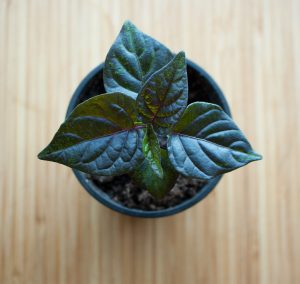
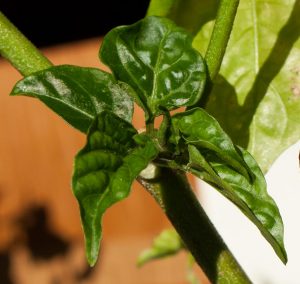
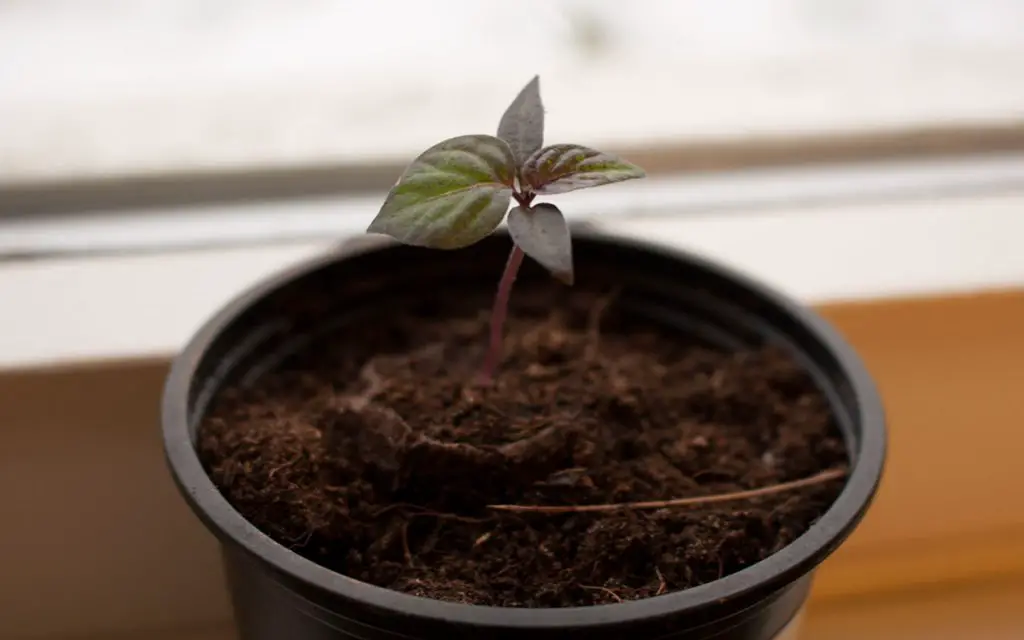
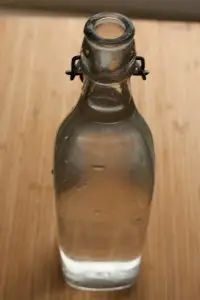
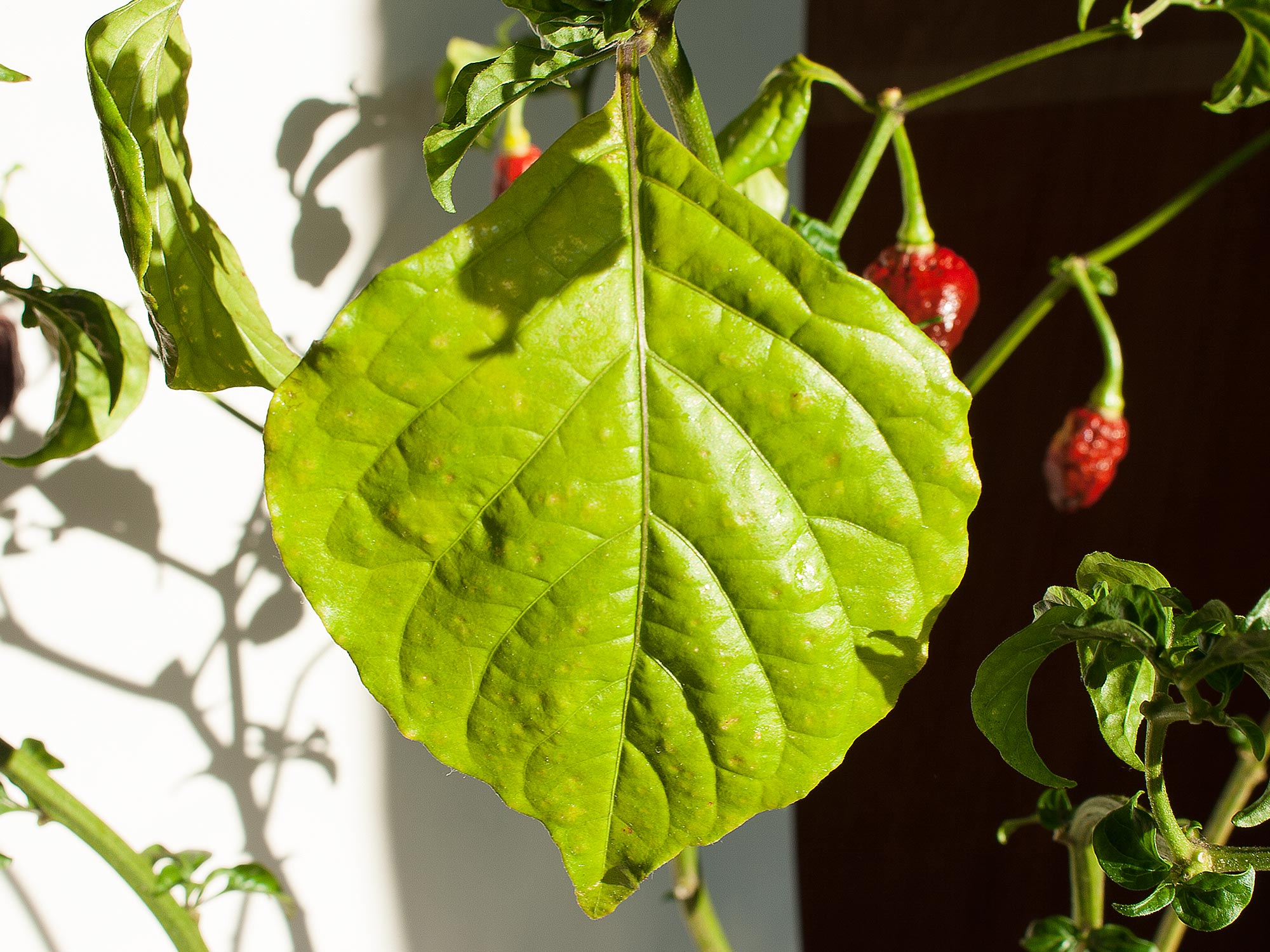
8 Replies to “How and When to Water Chili Pepper Plants”
Very good information. Thanks. My chillies are wilting and I think it’s from over watering.
Thanks! Very useful information! I am growing peppers indoors and have had some problem with watering. Now I know what to test.
Good info , esp on overwatering meaning overfed with fertilization using drip method?.
Hey there! Thank you for your kind comment.
I am glad I found your post because I do have problem with watering – over watering.. Thanks for the info!
Hey there! Thank you for your kind comment! Glad it helped!
Hi! Thought I’d share some wisdom from a lifetime pepper grower & old time gardener. He explained its important to not get the fruit wet as it creates a prism that magnifies the sun & burns a spot on the flesh. Sometimes the spot hardens & its fine but many times the spot stays soft & rots ruining the pepper. I’ve seen it happen! If I accidentally get water on them or it rains, I lightly shake the water off the plant & cover it with shade cloth of some sort. My 2 cents! I love learning & since I’m a newbie I’m taking it all in! Thx for your site!
Hi Christine! That is awesome wisdom. Thanks for sharing!